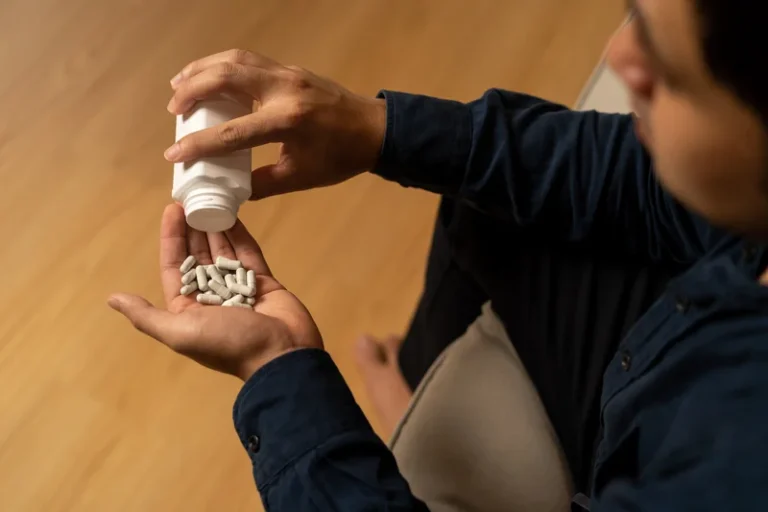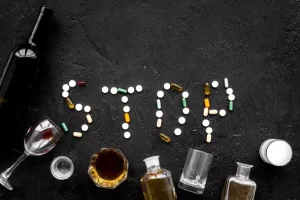
In 1977 one of East Germany’s best sprinters, Renate Neufeld, fled to the West with the Bulgarian she later married. A year later she said that she had been told to take drugs supplied by coaches while training to represent East Germany at the 1980 Summer Olympics. These “de facto experiments investigating the physiology of stress as well as the drug use in sports substances that might alleviate exhaustion” were not unknown outside cycling. Previously there was no testing between 11pm and 6am, providing a potential window of opportunity for micro-dosing products, such as EPO, without being caught. It is an electronic document about an athlete that contains certain markers from throughout their career.

After the Stingers’ run to Olympic silver, their captain wants to make water polo a game for all

Viewers also didn’t seem to care three years ago when New England Patriots receiver Julian Edelman was named Super Bowl MVP after starting the season with a four-game suspension for a violation of the league’s policy for PEDs. CBS broadcasters didn’t mention it during the game when Edelman caught 10 passes and nearly 100 million people watched on average, according to Nielsen data. If sport is replete with cheating by doping and attempts to address this problem impose burdensome bureaucratic and testing obligations on athletes, perhaps the best solution is to lift the ban, both to close off this https://ecosoberhouse.com/ avenue for cheating and to remove the burdens of anti-doping on athletes. The Enhanced Games may find reluctant support from those who oppose the use of performance-enhancing drugs in principle but have become disillusioned by the failure in practice of the World Anti-Doping Agency and national anti-doping agencies to contain the problem. A second argument advanced by advocates of the Enhanced Games is that lifting the ban affords athletes more extensive control over their bodies. Allowing athletes to use whatever substances they wish better respects their autonomy – so the argument goes.
Anabolic steroids
In addition to severe adverse health effects, drug misuse can lead to legal trouble, suspensions from sports, and even a fatal overdose. When the first Enhanced Games takes place in December 2024, athletes in its five categories of competition – track and field, swimming, weightlifting, gymnastics, and combat sports – will be allowed to ingest whatever substance they wish to improve their performance. Using drugs to improve performance in sport may lead to an athlete being banned and may also harm their health. It’s easy to imagine the pressures of an upcoming competition and becoming overwhelmed at the thought of specific aspects of performance.

Erythropoietin Pathology Tests Explained
Athletes, particularly those who are successful and well-known, are often afforded higher social status than their peers, which can lead to significant social opportunities (Holland & Andre, 1994; Tricker, Cook, & McGuire, 1989). At the adolescent and collegiate level, successful athletes may find that they are regularly invited to social gatherings where alcohol or other drugs are provided. Athletes old enough to go to bars, clubs, and other public establishments may find that other patrons are eager to socialize with them, including purchasing their drinks. Additionally, a club or bar owner may provide free drinks to athletes of a certain stature to encourage their patronage. Basic behavioral economics principles indicate that the likelihood of substance use will increase with lower price and greater availability (Murphy, Correia, & Barnett, 2007).
- The organisers did, however, introduce measures to ensure fair starting conditions and punished athletes caught cheating and using illegal tactics.
- More mental health resources need to be allocated to teams and sports including access to a sports psychiatrist when cases present themselves so there is no gap in treatment.
- Ever since doping in sports has been known to exist, efforts have been made to deter it.
- Professional athletes are already drug tested regularly, with random drug tests being the most common form of carrying this out.
- The Joint Standing Committee on Health received a report Monday afternoon from Jeremiah Samples, a senior adviser to the Joint Committee on Government and Finance, regarding West Virginia’s drug use statistics and policies.
For its consideration of harm reduction and service interventions, this does not directly examine the sport enabling environment. As such, we so far have little understanding of enabling factors in sport, how enabling environments are created and maintained, or how these environments are co-constituted with risk environments. In competitive sports, doping is the use of banned athletic performance-enhancing drugs (PEDs) by athletes, as a way of cheating. As stated in the World Anti-Doping Code by WADA, doping is defined as the occurrence of one or more of the anti-doping rule violations outlined in Article 2.1 through Article 2.11 of the Code.[1] The term doping is widely used by organizations that regulate sporting competitions. The use of drugs to enhance performance is considered unethical and is prohibited by most international sports organizations, including the International Olympic Committee. Furthermore, athletes (or athletic programs) taking explicit measures to evade detection exacerbate the ethical violation with overt deception and cheating.
- Furthermore, athletes (or athletic programs) taking explicit measures to evade detection exacerbate the ethical violation with overt deception and cheating.
- Diuretics and masking agents are used to remove fluid from the body, which can hide other drug use or, in sports such as boxing and horse racing, help competitors “make the weight”.
- Prior to entering the league, only the NFL requires pre-employment testing for all players, although in the MLB, all players are subjected to testing within five days of reporting for spring training.
Side effects of substances used by athletes
- Alcohol use disorder (AUD) is the medical diagnosis for prolonged and severe drinking that is causing problems in a person’s life.
- There has been quite a bit of research attention given to risk environments in which social or recreational drug use occurs (see Duff, 2009; 2010; McLean, 2016; Rhodes et al., 2003).
- Offering to give them rides to treatment or even lending a listening ear can encourage an athlete to take the next steps.
- We begin with a background on doping and anti-doping, risk and enabling environments, and sport risk and enabling environments.
- Less debatable is how PED-related suspensions have become part of the regular drumbeat of the NFL calendar, sometimes with 20 or more per year.
- WADA revises and publishes its list of banned substances approximately annually.
- Sporting authorities have banned many drugs because they may give an athlete an unfair advantage.
- Current existing medications have variable success at preventing relapse providing rationale to investigate alternative methods.
- In this way, anti-doping policies may mirror the limited effectiveness of recreational drug prohibition in deterring consumption or punishing violations, lessons best illustrated in the case of the United States.
- All types of athletic competition — especially in professional sports — require mental and physical toughness beyond that of the average person.

